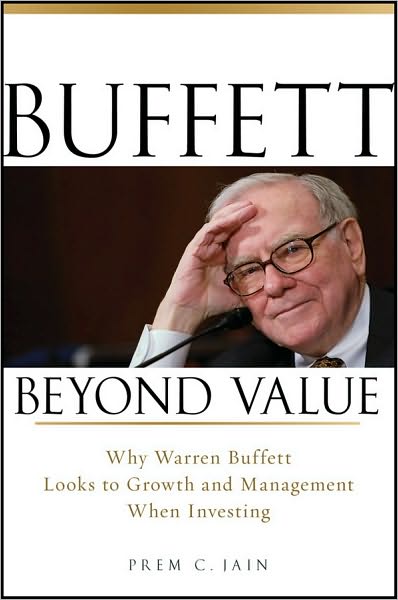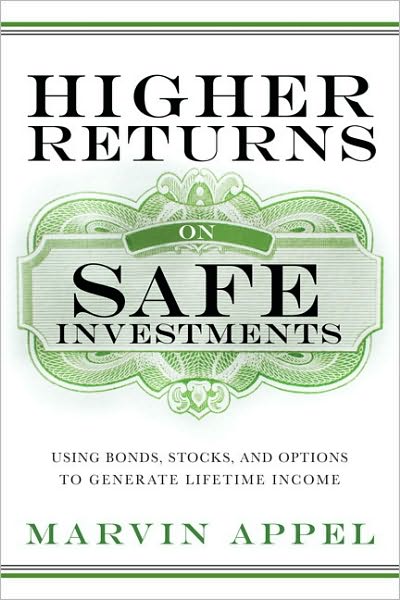The need for income naturally biases a portfolio long.? It is difficult to earn income without beneficial ownership of an asset ? positive carry trades will almost always be net long, absent major distress or dislocation in the markets.? Those who need income to survive must then hope for a bull market.? They cannot live well without one, absent an interest rate spike like the late 70s/early 80s.? But in order to benefit in that scenario, they had to stay short.
My paternal Grandfather invested in CDs through the interest rate? spike of the late 70s and early 80s.? He looked pretty smart for a time, but he never shifted to take risk when there was a reward to do so.? Contrast my Mom, who had her 50/50 mix of utility stocks and growth stocks (a clever strategy, which as far as I know, she thought up herself).? As she once said to me, “My utilities are my bonds.”? Though my Mom’s strategy underperformed my Grandfather’s in the short run, in the intermediate term it soundly beat his strategy.? Long term?? No contest.
There is something about yield.? Almost everyone wants to have it, and have more than what would be average.? My own equity portfolio throws off more yield than the S&P 500, even with 19% earning nothing in cash.? There is something tangible about yield: cash in hand, vs. uncertain capital gains, even if the dividend leads the stock price to drop.
There is a sense that yield is free, like harvesting eggs from your chicken coop in the morning.? Mentally, that is the way that many view it.? They may adjust the yield for risk of nonpayment, but there is a tendency to assume that the yield will come in.
Here’s an example: in 1999-2000, Morgan Stanley did a piece on some corporate bonds that they called, “The Dirty Thirty.”? They were the worst of BBB-rated bonds, but they argued off of a limited period of past returns, that the widening in yield spreads over Treasuries was not justified, so but them because they survive and outperform.? Very bad timing, I must say.? Many of the companies defaulted 2000-2002, and enough came under severe stress, that those with weak balance sheets kicked them out at the wrong time, for fear of their possible insolvency.
This was a prime example of a brokerage providing advice that was technically correct off of history, but deadly wrong with respect to the situation at hand.? Now, was Morgan Stanley trying to lighten its inventory of Dirty Thirty bonds?? I don’t know, but I suspect not.? Most corporate bonds of large corporations are liquid enough that they can be bought and sold easily.
Truth is, if you are a bond manager, you get lots of sell side research telling you how to get a higher yield.? To clients who report on a book value basis, like banks or insurers, that is manna, or pennies from Heaven.? Yield goes straight to the bottom line.? Capital gains or losses can be deferred, at least until default or maturity, and even if they are realized, analysts exclude them from operating earnings.
Thus the tendency for many regulated financial institutions to be yield hogs, unless the management team has religion regarding risk control.? As for me, I held the unique position of being risk manager and leading corporate bond manager at one job.? There was a conflict of interest there, but for me, it enabled me to be more cautious, and more risk-taking at appropriate times.? Gaining real market experience is something most risk managers never get, but it imparts knowledge of likely ways in which asset management can go astray.
It can easily go astray.? As Warren Buffett says, “If you’ve been playing poker for half an hour and you still don’t know who the patsy is, you’re the patsy.”? Goes double for trading with the main desks on Wall Street.? They look for weaknesses, and the leading weakness is being a yield hog.? They will more than happily dig up yieldy securities that are more risky than normal for such a client, because the client wants it, and it is easy to find those securities.
The investment banker may think the client is dumb, but he is under no obligation to tell him so.? And besides, in investments, who knows?? The client may know things that the investment bank does not.
To illustrate, I got cheated on my first corporate bond trade with CSFB.? It looked like a good trade to me.? It would gain incremental yield on a seemingly similar security.? My boss was gone, so I, the new assistant, made the trade.? On a $5M trade, I lost $20K instantly.? My boss was leaving for another job in a week, but he chewed me out anyway, and told me at some firms I would have been fired for what I had done.
I took it to heart, and hyperanalyzed the trade to understand all of my errors.? I did not make those errors again, and I was very diligent to be a skeptic regarding the trades that I did with the big firms.? That did not mean that I did not trade, but that I drove the trades that I did, rather than accepting the trades that the Street suggested.
Instead, I relied on our in-house analysts to do our digging, and I became persistent at pursuing what we wanted, and enlisted second-tier brokers that could help us.
I would often do swap trades that gave up yield, if I saw a greater improvement in the risk profile.? That is rare among bond traders.? Even among professionals, there is a bias toward more yield.? I ended up preserving capital for our main client, allowing me to reinvest at favorable yields as the crisis was cresting.
The bias for yield among individual investors is worse, and Wall Street readily takes advantage of individual investors in order to hedge expensive options by offering seemingly high yields through structured products.? The credit and interest rate risks take away what the yield offers, and more.? That’s the business, and smart investors stay away.? Don’t be the patsy at the investment poker game.




